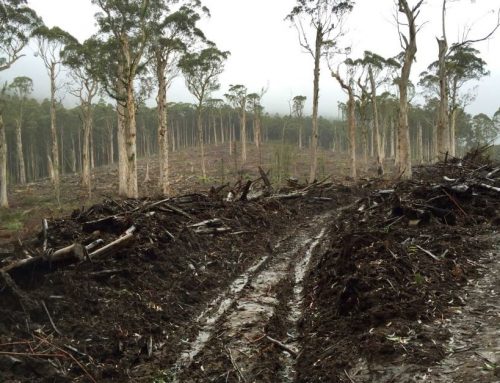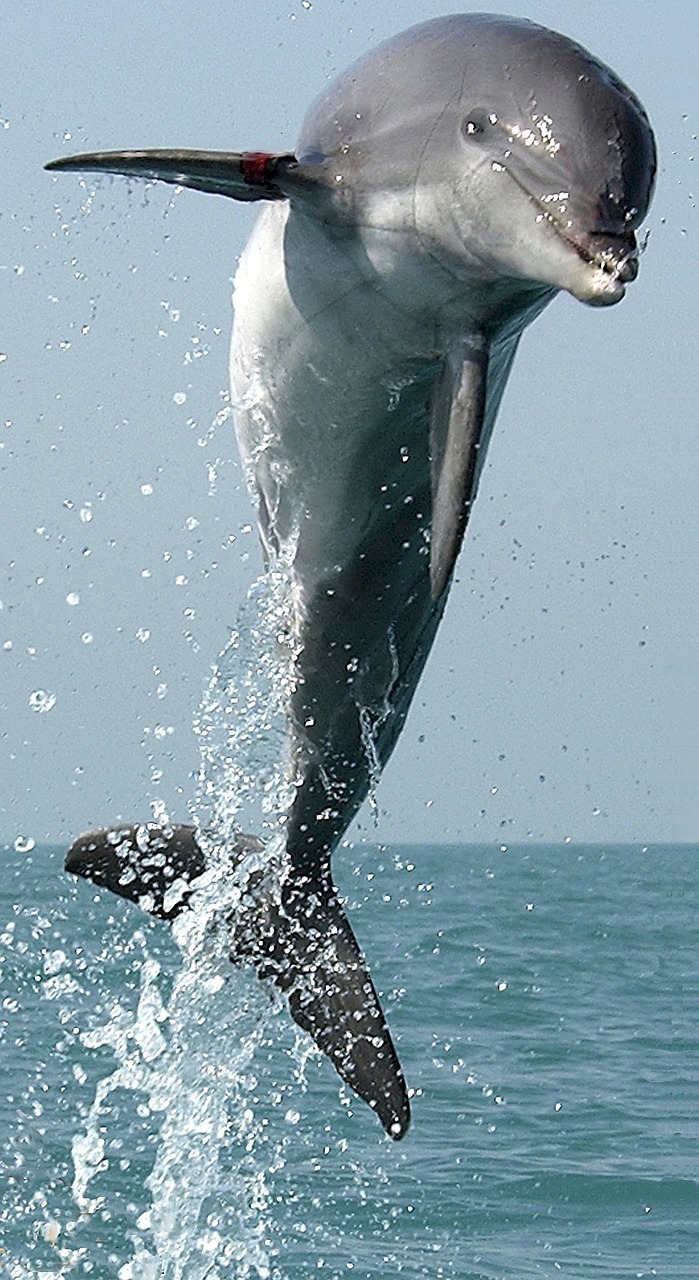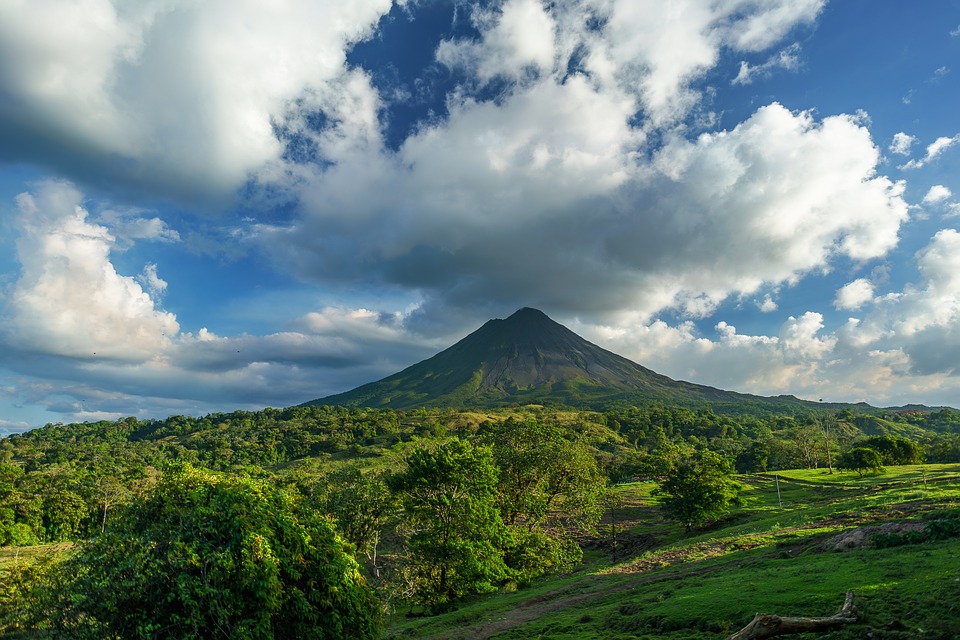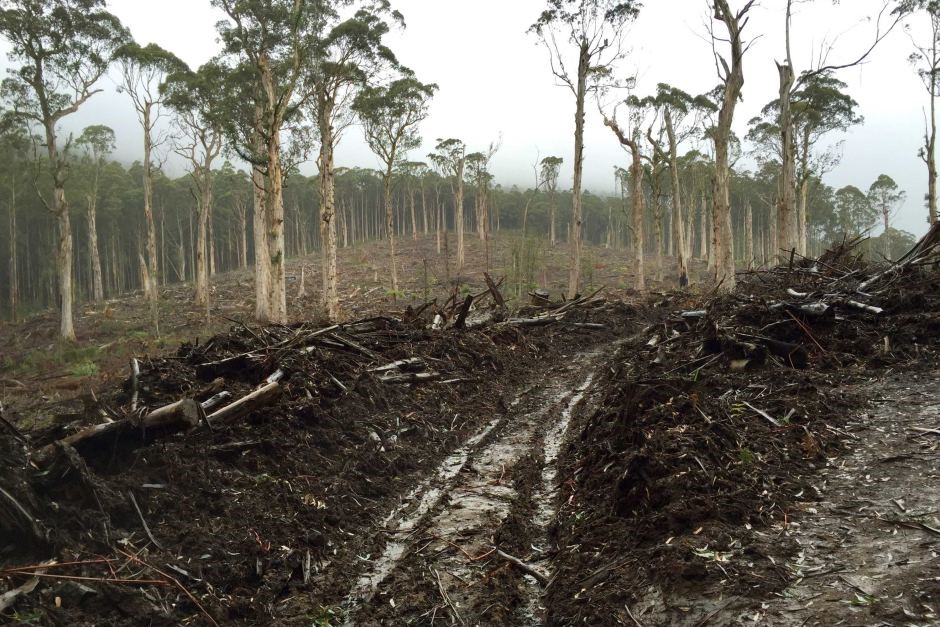Written by: Miriam Milzner, miriam.milzner@gmail.com, intern at arche noVa e.V., Germany
The last months of Hasankeyf, Turkey
Since the late 1970s, the Turkish government has been planning the South Anatolia project (GAP project). The goal is to generate energy and respond to the increasing needs of the country.
A total of 22 dams and 19 hydropower plants are to be built along the Euphrates and the Tigris, making it one of the largest construction projects in the history of Turkey.
The reservoir for the third largest dam, the Ilisu dam, will flood 300 km² of the Tigris valley and will not only destroy the old ancient ruins of the popular city of Hasankeyf but also 200 other villages. Thus, it is obvious that with the acquaintance of the planning also a strong protest movement arose. There have been delays in construction time, because again and again the project generates strong criticism and protests. In 2006, President Tayyip Erdogan finally laid the cornerstone of the dam and thus sealed the realization of the dam.
Despite demonstration bans and a massive police presence lately, there are still hundreds of activists protesting against the flooding. The flooding should take place 2018, but many are still hoping for a sudden miracle. In addition to the strong problems in Turkey, the dam has extreme effects in other countries as well. This includes Iraq. With the dam, the water volume of the Tigris, which reaches Iraq, would decrease by 40%. The water quality will deteriorate and the salt water intrusion will increase. The population could no longer drink the water. There is also no agreement with Baghdad on this issue - complications are pre-programmed. But the Iraqi central government is currently weak. Therefore, it will hardly be possible to prevent the building of the dam.
Thus the irreversible destruction of land and culture is accepted. Everything for a dam that has a life expectancy of less than 100 years.













Home › Forums › The last months of Hasankeyf, Turkey